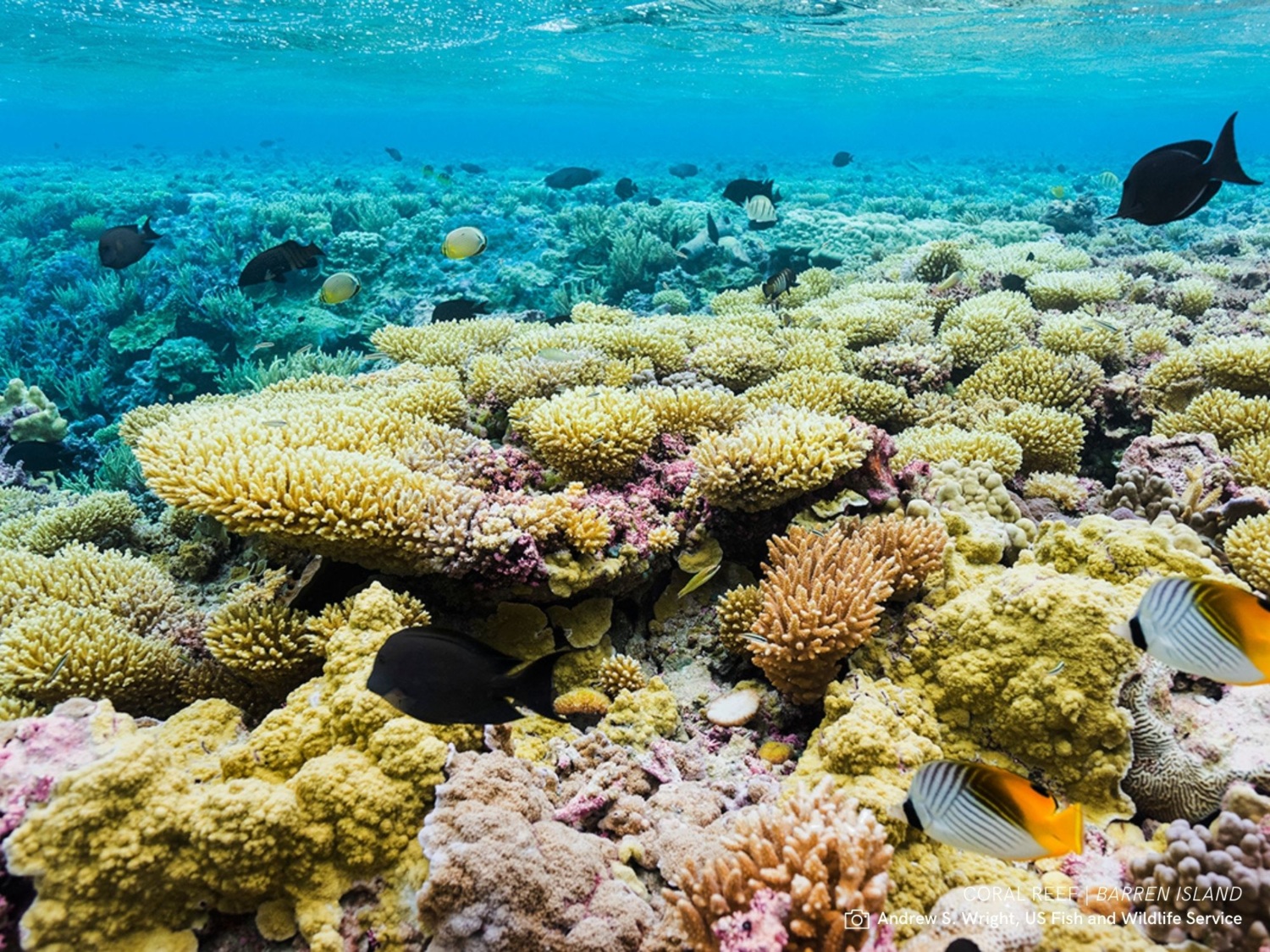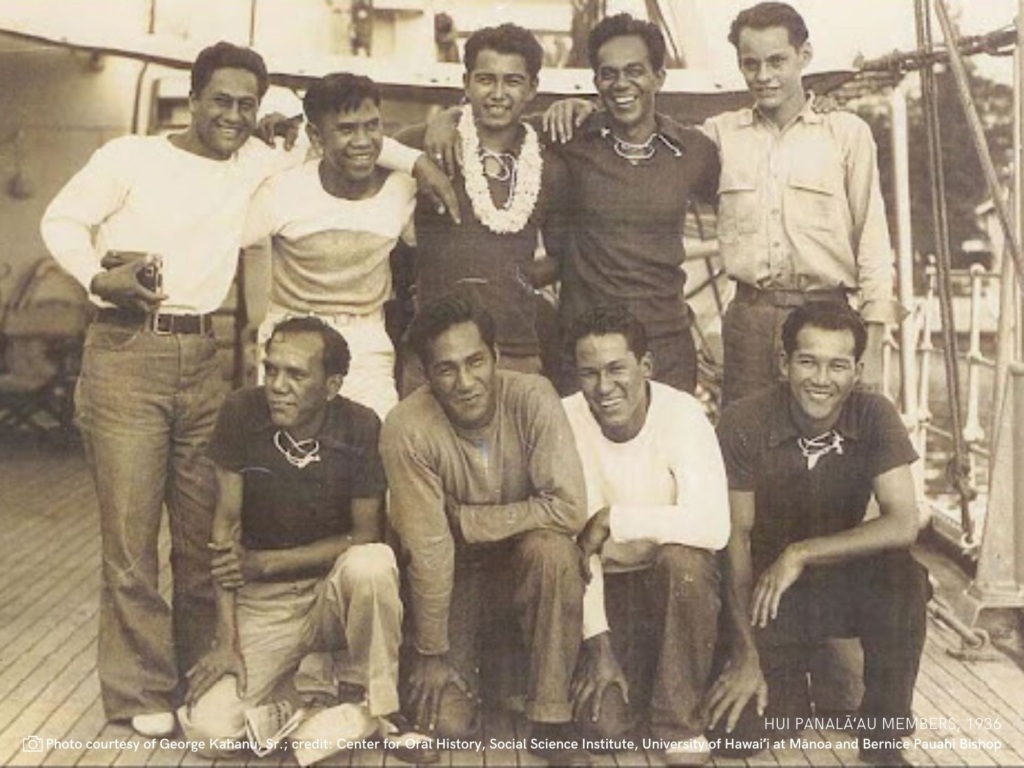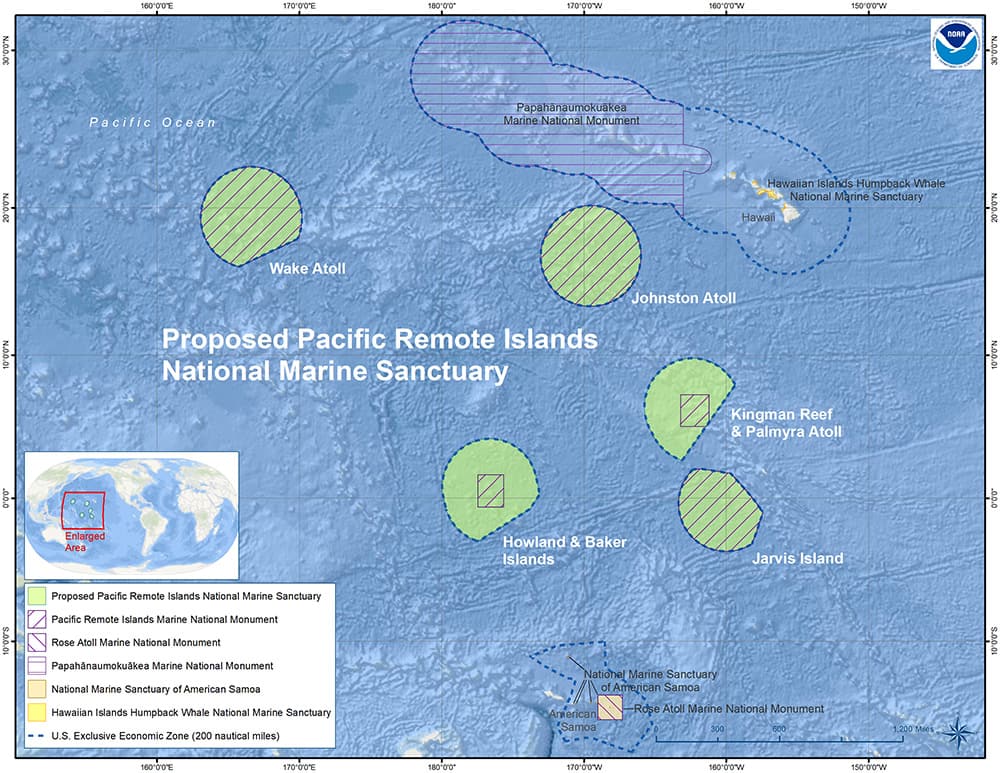Clean Energy Tax Incentives Can Help You Save Money — and the Planet
Apr 25, 2024
 Coral reef at Barren Islands. Credit Andrew S. Wright, US Fish and Wildlife Service
Coral reef at Barren Islands. Credit Andrew S. Wright, US Fish and Wildlife Service
Sol Kaho‘ohalahala, PRI Coalition member and Native Hawaiian Elder, Kupa ʻĀina ʻo Lānaʻi
In this article:
Located nearly 2,000 nautical miles southwest of Hawai`i, the Pacific Remote Islands (PRI) are a group of seven islands and an atoll, as well as Kingman Reef. They’re home to abundant populations of wildlife including coral, fish, sharks, turtles, rays, whales, dolphins, birds, and other invertebrates that are all intricately interconnected with nearshore and island systems. The deep seafloor is also full of biodiversity hotspots, with new species being cataloged with almost every dive. Many of these species are slow-growing and endemic to this area, meaning this is the only ecosystem in which they can survive. As climate change causes the ocean to warm and become more acidic, and causes currents and extreme weather patterns to change, these species are increasingly at risk.
The Pacific Remote Islands are home not only to diverse marine ecosystems, but also a long history of voyaging and wayfinding. Native Pacific Islanders have a long history of voyaging across these islands and atolls. In order to navigate wide expanses of open ocean, these seafarers had a deep and nuanced understanding of ocean currents, winds, astronomy, and marine wildlife. The islands offer resources, temporary shelter, and cultural sites.
The rich history of the PRI also includes the service of the Hui Panalāʻau, a group of more than 130 mostly Native Hawaiian young men, who played a vital role in defining the modern footprint of America by establishing Howland, Baker, and Jarvis Islands as part of the United States. Their work meticulously documenting the local ecosystem laid the foundation for subsequent discoveries and protections for this area.

The future of traditional voyaging requires intact low-lying island ecosystems like the seascapes found in PRI. Protecting this special place honors and preserves the history of the lands and waters, as well as the people who crossed them. It also ensures a future of continued exploration, discovery, and cultural practice. PRI is deeply interconnected with both the legacy and future of voyaging and wayfinding.
William Aila Jr., PRI Coalition member and Hawaiian fisherman
The Pacific Remote Islands National Monument was established in 2009 and later expanded in 2014. However, the waters surrounding the PRI National Monument are still largely unprotected.
Now, with the support of 23 Native Hawaiian and Pacific Island Indigenous leaders, the Biden-Harris Administration has kicked off a process to make additional portions of the Pacific Remote Islands into a National Marine Sanctuary. This Sanctuary would encompass nearly 770,000 square miles of the surrounding pristine marine ecosystems, which are vulnerable to the impacts of climate change, overfishing, extraction, and development.
A National Marine Sanctuary designation would help protect the PRI’s natural, cultural, and historic values. The National Marine Sanctuaries Act, passed in 1972, allows the National Oceanic and Atmospheric Administration (NOAA) to identify and protect marine areas of special national significance due to their conservation, recreational, ecological, historical, or cultural qualities.
NOAA considers proposed national marine sanctuary designations through a community-based Sanctuary Nomination Process. After scoping and public review, a new sanctuary can be designated to protect, restore, and enhance local marine populations and ecosystems. All sanctuaries are overseen by NOAA’s Office of National Marine Sanctuaries, which currently manages a network of 15 sanctuaries from the Great Lakes to American Samoa.
LCV is proud to support community leaders and groups to uplift and protect special places like the Pacific Remote Islands that represent Asian Americans’, Native Hawaiians’, and Pacific Islanders’ experiences, histories, accomplishments, and stewardship.
 NOAA map of the proposed Pacific Remote Islands National Marine Sanctuary
NOAA map of the proposed Pacific Remote Islands National Marine Sanctuary
Tell the Biden-Harris Administration to Protect the Pacific Remote Islands.
This is a huge opportunity for our country to reach its goal of protecting thirty percent of U.S. waters by 2030, while preserving and promoting the culture of Native Pacific Islanders and their long history of voyaging across these islands and atolls. And you can help ensure it becomes a national marine sanctuary. Submit your comment in support of the proposed Pacific Remote Islands National Marine Sanctuary before June 2nd.
Asian American, Native Hawaiian, and Pacific Islander leaders across the Conservation Voters Movement and partner organizations are crucial to the efforts to protect public lands and waters, and the histories these places represent. LCV is proud to be working together to better preserve our environmental and cultural resources in special places like the Pacific Remote Islands.
May is Asian American, Native Hawaiian, and Pacific Islander (AA and NHPI) Heritage Month – a chance to celebrate the remarkable diversity of cultures, histories, and leadership within Asian American, Native Hawaiian, and Pacific Islander communities across the nation. Our public lands and waters should be a reflection of that diversity and work towards telling the complete story of the people and places that shape it. We’re highlighting the Pacific Remote Islands as a part of our coverage of AAPI Heritage month and encourage you to learn more at https://www.asianpacificheritage.gov/